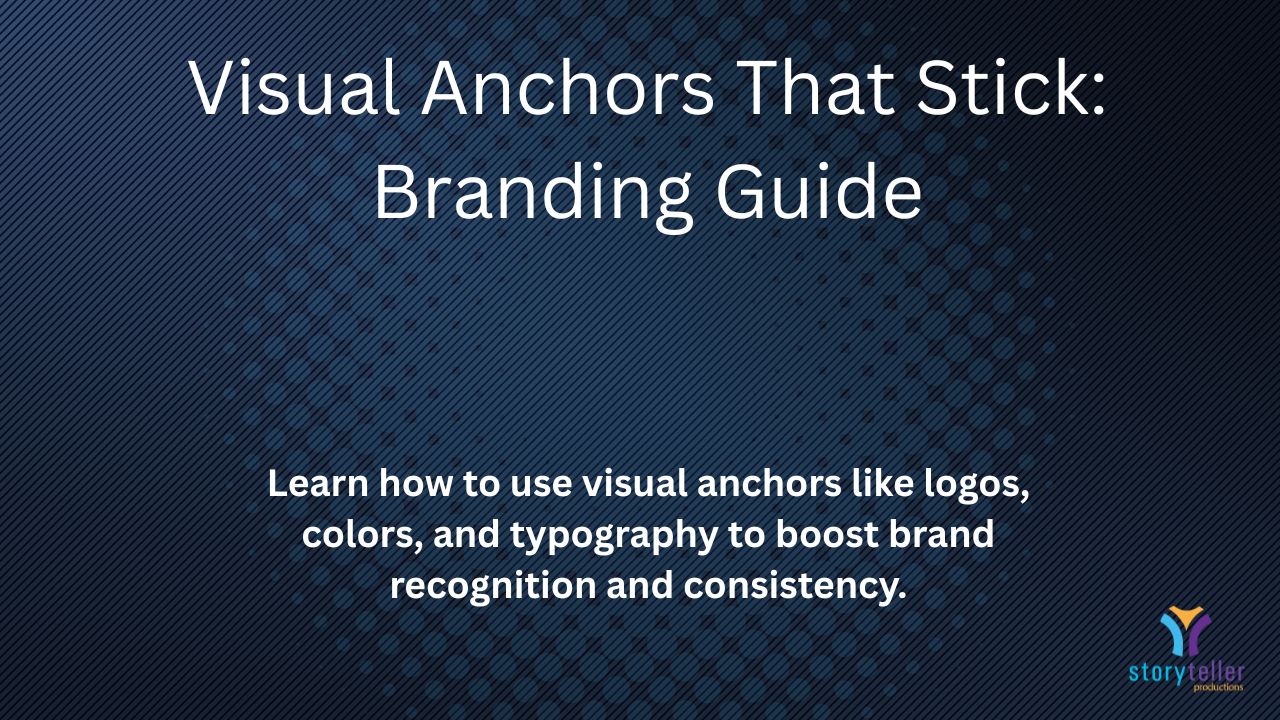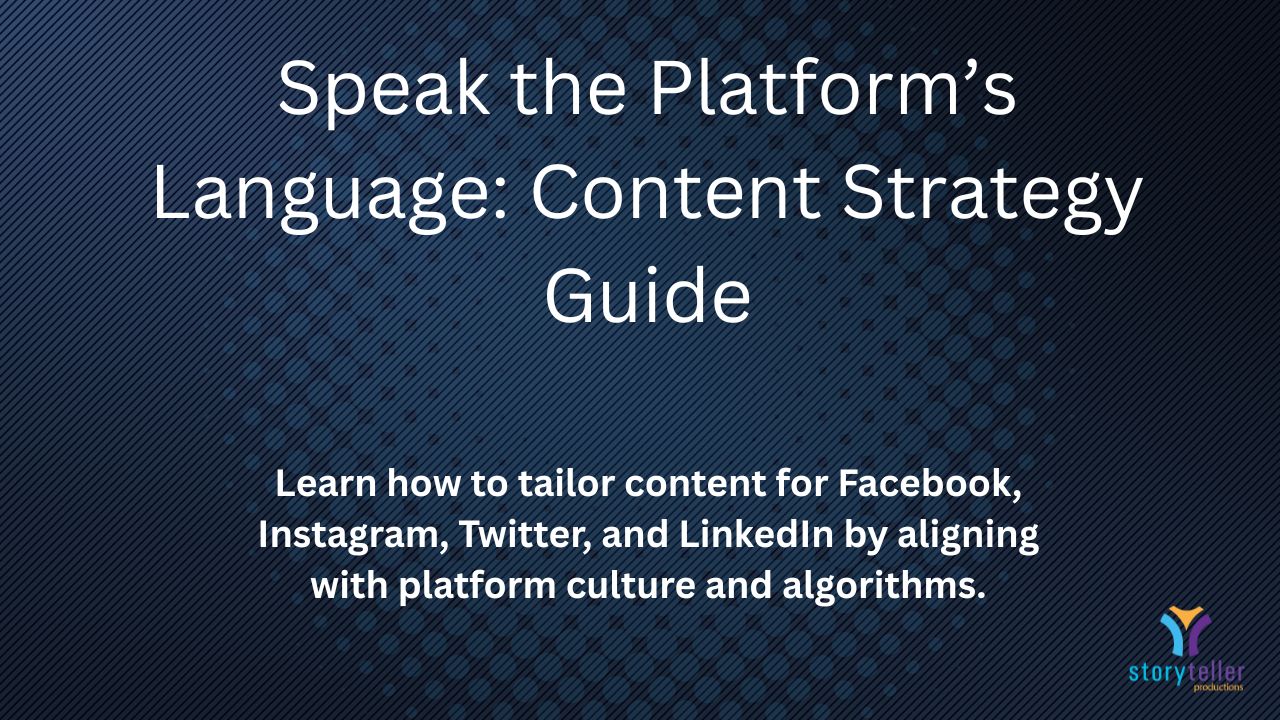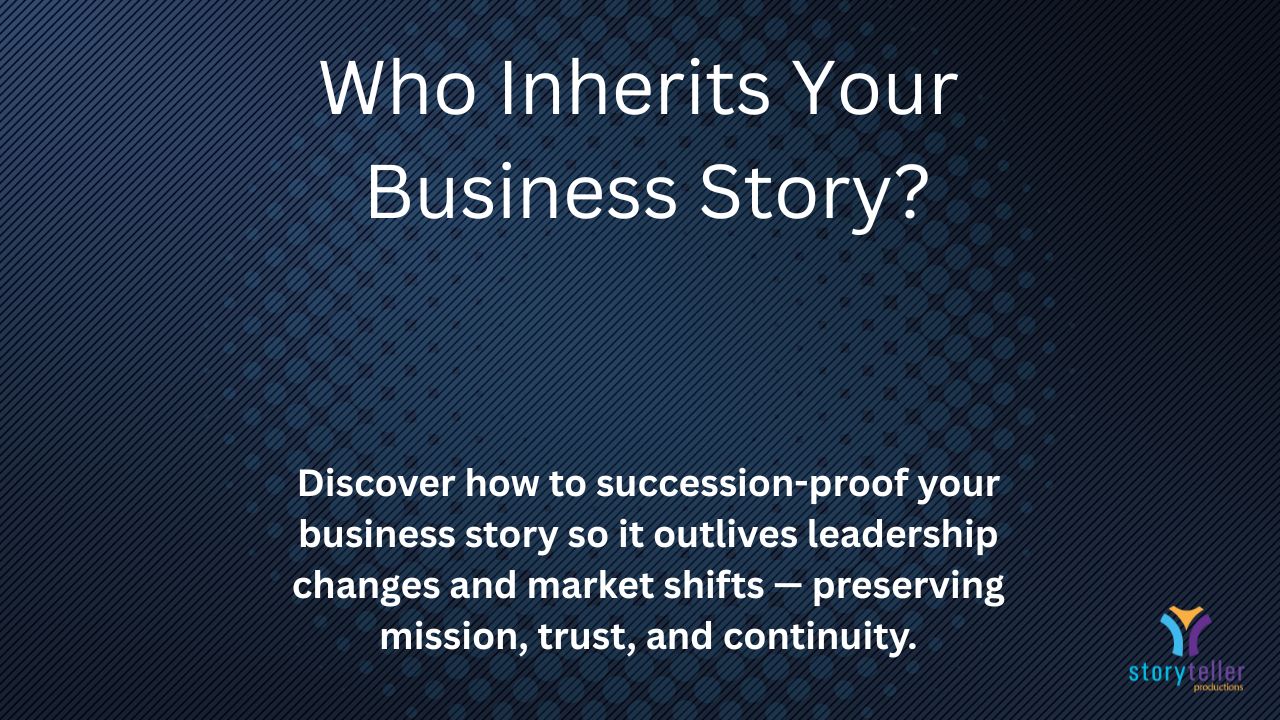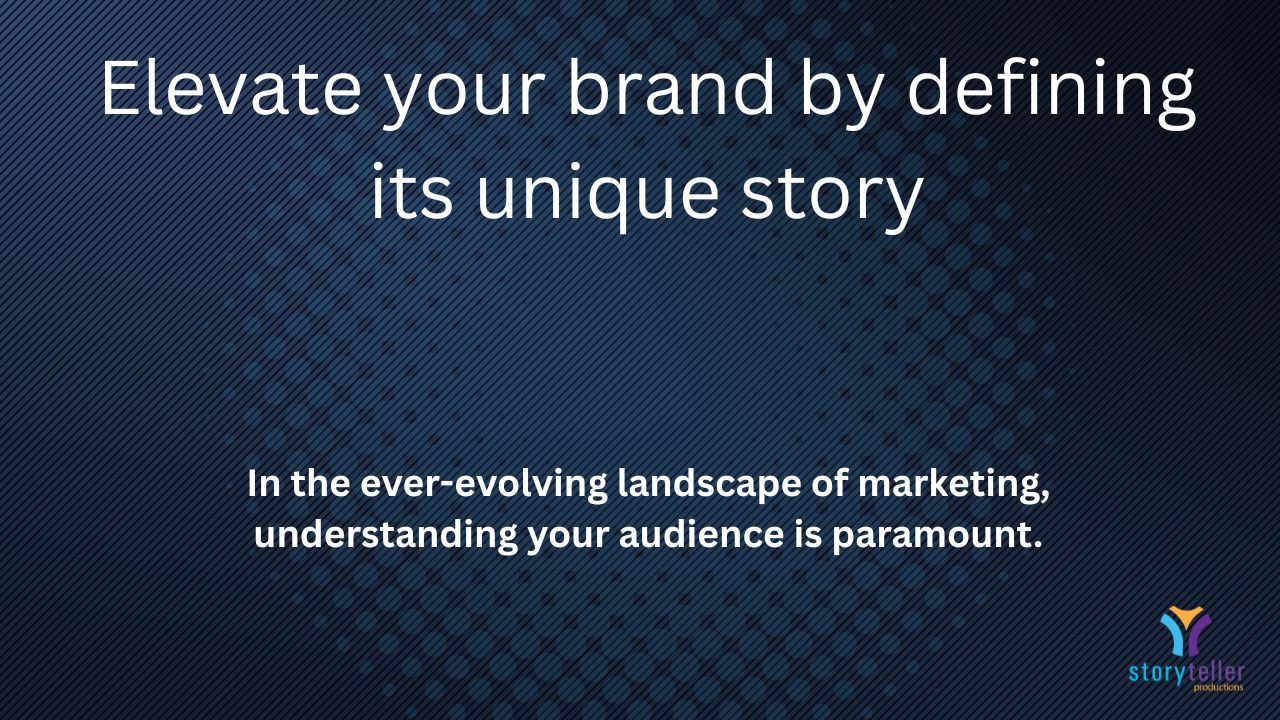Narrative Integration: How to Fuse Your Personal Story and Brand Mission
Most founders think of personal branding as self-promotion. In reality, it’s an engineering challenge: how do you fuse two structures—your personal story and your brand’s mission—into a single, load-bearing narrative?
When done well, the fusion is seamless. Your authenticity reinforces your brand. Your brand, in turn, amplifies your authenticity.
When done poorly, you end up with disjointed messaging: polished in some places, personal in others, but never cohesive.
The Flip: From Parallel Stories to One Framework
Think of your story and your brand as beams in a bridge. Side by side, they don’t carry much weight. But integrated into a single design, they create strength, span, and stability.
That’s the power of narrative integration: moving from parallel storytelling to a structural framework your audience can trust and carry forward.
A 3-Part Framework for Narrative Integration
1. Foundation: Core Values
Your core values are the anchors where personal story and brand mission meet. Identify the principles that guide both—and make them explicit.
- Ask: What values drive both me and my company?
- Look for overlap: Stewardship, innovation, courage, resilience, service.
Example: A sustainable fashion founder ties childhood hikes and a love of nature to today’s commitment to stewardship and ethical sourcing.
2. Architecture: Story Structure
Every strong narrative has beats: setup, conflict, resolution. Apply this structure to your personal story, then link it to your brand’s promise.
- Setup: Where did the journey start?
- Conflict: What challenge shaped the mission?
- Resolution: How does the brand exist as a solution?
Example: A wellness entrepreneur shares a personal health struggle that inspired their product line. The pain point becomes not just personal—it becomes the foundation of their company’s purpose.
3. Continuity: Consistency Across Channels
Integration fails without repetition. A fused story is not a one-off—it’s a system.
- Share your integrated narrative on your site, LinkedIn, keynote intros, investor decks, and press interviews.
- Repetition builds recognition. Recognition builds trust.
Example: Patagonia repeats its story of “responsibility to the planet” everywhere—from clothing tags to global campaigns. You can’t miss the throughline.
Case Anchors: Oprah & Musk
- Oprah turned resilience into a brand of empowerment. Her personal narrative is the brand. Every channel reinforces it.
- Elon Musk frames risk-taking and innovation as both his identity and his companies’ ethos. From SpaceX to Tesla, the same story repeats: bold bets on the future.
Different industries, same principle: authentic stories embedded in brand architecture.
Why Story Fusion Matters
Without narrative integration, you’re left describing features or résumé highlights. Both forgettable.
With narrative integration, you create emotional and social currency.
Your audience isn’t just buying what you make. They’re investing in the story you embody. They’re carrying your story forward—because it aligns with theirs.
Additional Examples of Story Fusion in Action
- Howard Schultz (Starbucks): Childhood memories of his father losing health benefits became the backbone of Starbucks’ mission for employee care and healthcare coverage. Personal experience fused into brand values.
- Sara Blakely (Spanx): Her story of cutting the feet off pantyhose wasn’t just a founder anecdote—it’s a structural piece of Spanx’s narrative: innovation born from frustration.
- Ben & Jerry’s: Two friends who cared about community and social justice. That personal ethos fused with the brand’s mission—and now “values-led” is part of every campaign.
How to Apply This to Your Brand
- Audit your story: Write down pivotal moments in your personal journey.
- Audit your brand mission: Define the principles and promises that matter most.
- Find the overlap: Circle the values and stories that intersect.
- Architect the bridge: Write a narrative that links personal story beats to brand promises.
- Deploy consistently: Share it everywhere—on your homepage, in pitches, in content.
This isn’t about inventing a story. It’s about engineering alignment between the truth of who you are and the mission of what you’re building.
Reflection
What’s one moment from your personal journey that could act as a load-bearing beam in your brand’s narrative?
And how much stronger would your messaging feel if your story and your brand weren’t running in parallel—but were architected together into one cohesive framework?
Want to go deeper? Subscribe to The Storyteller Advantage and learn how to architect a personal-brand fusion that builds trust and scales influence.




